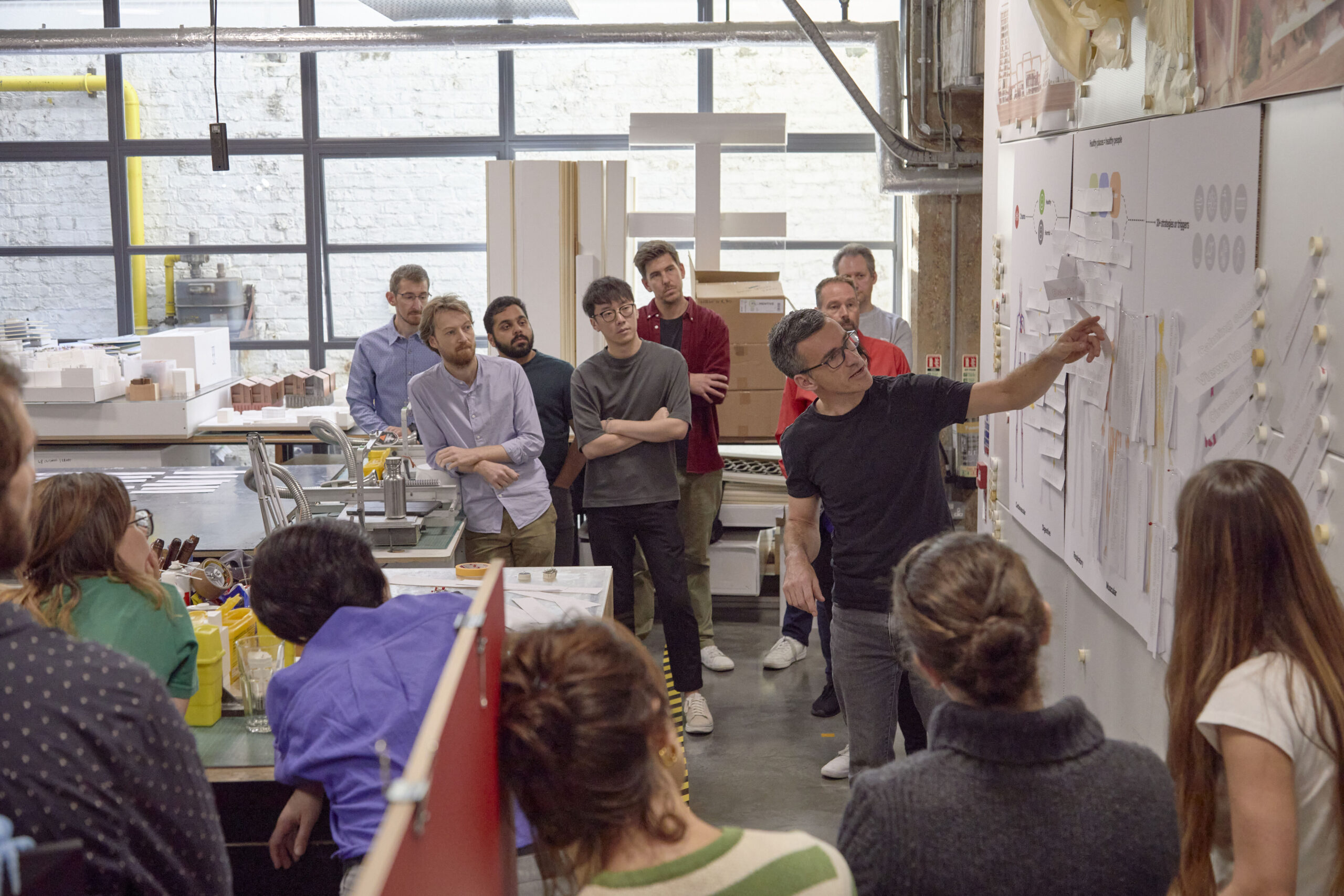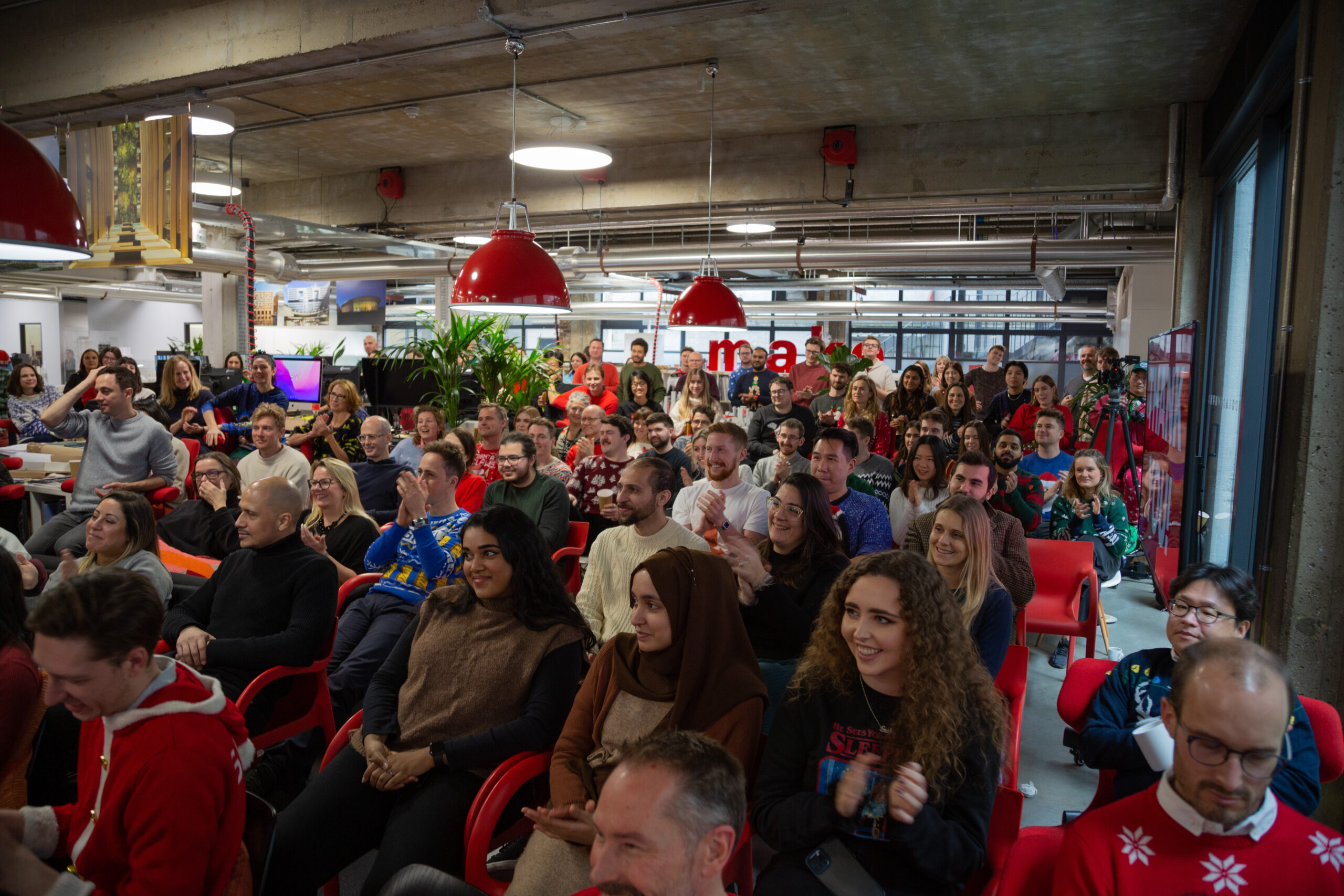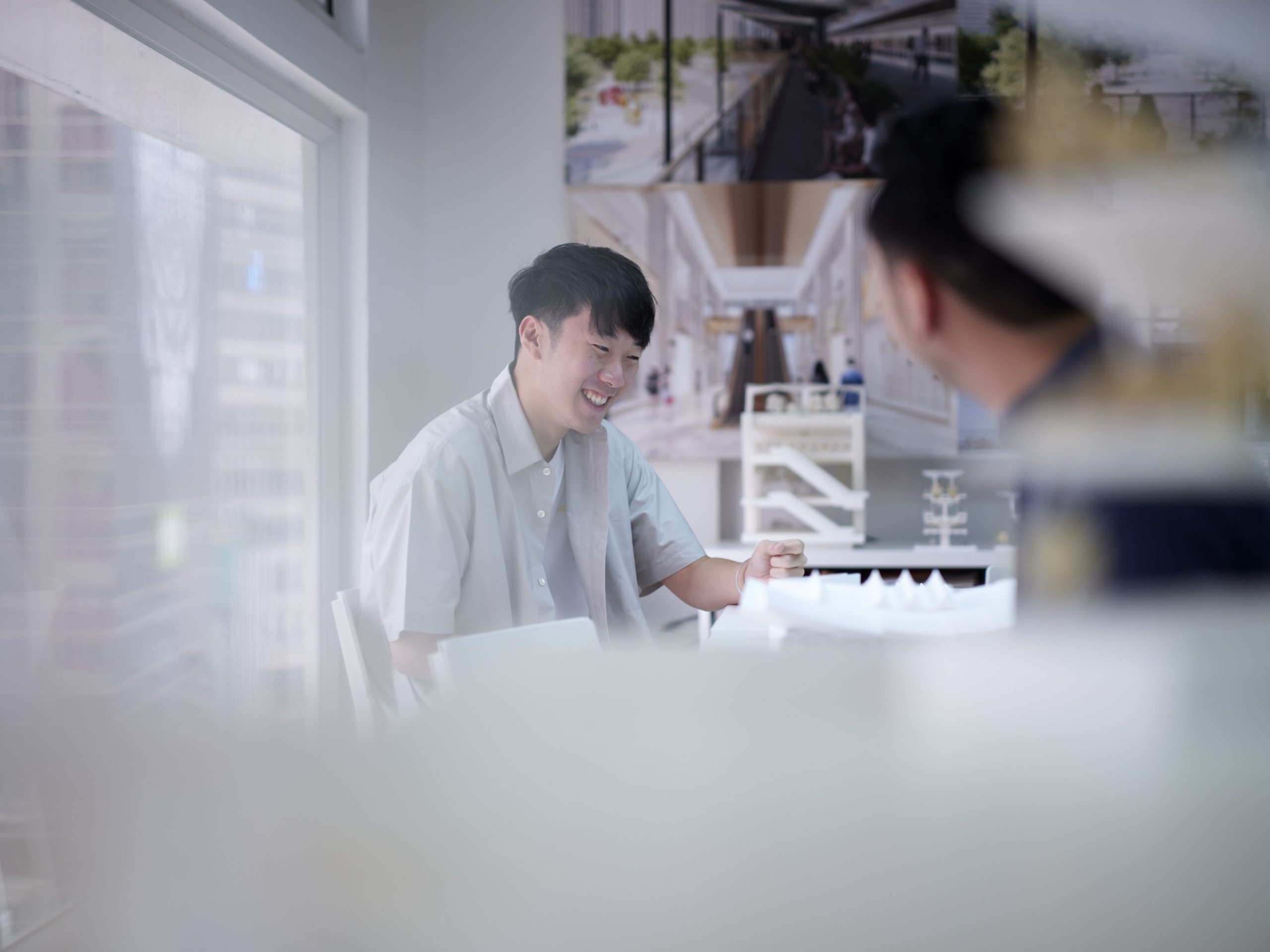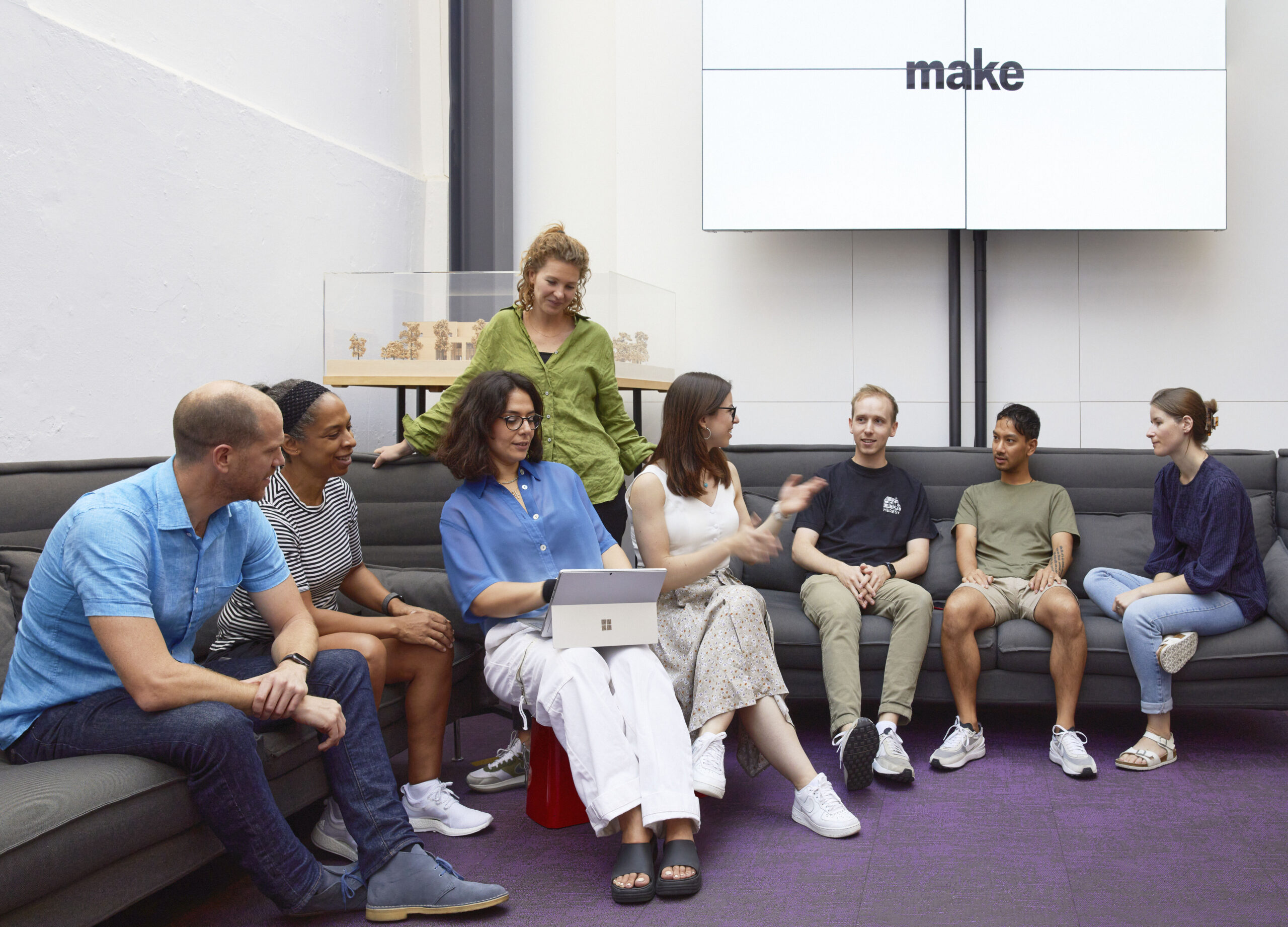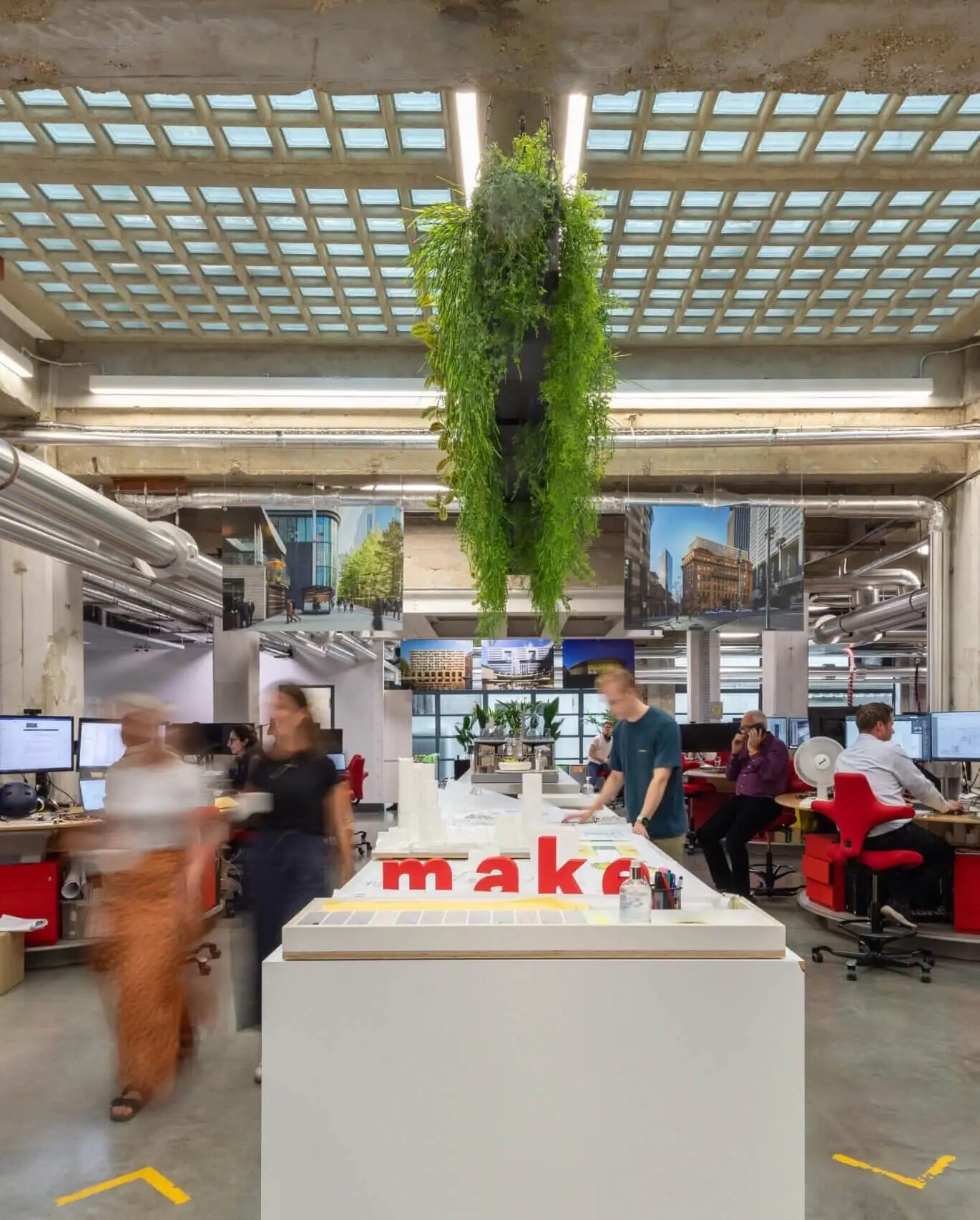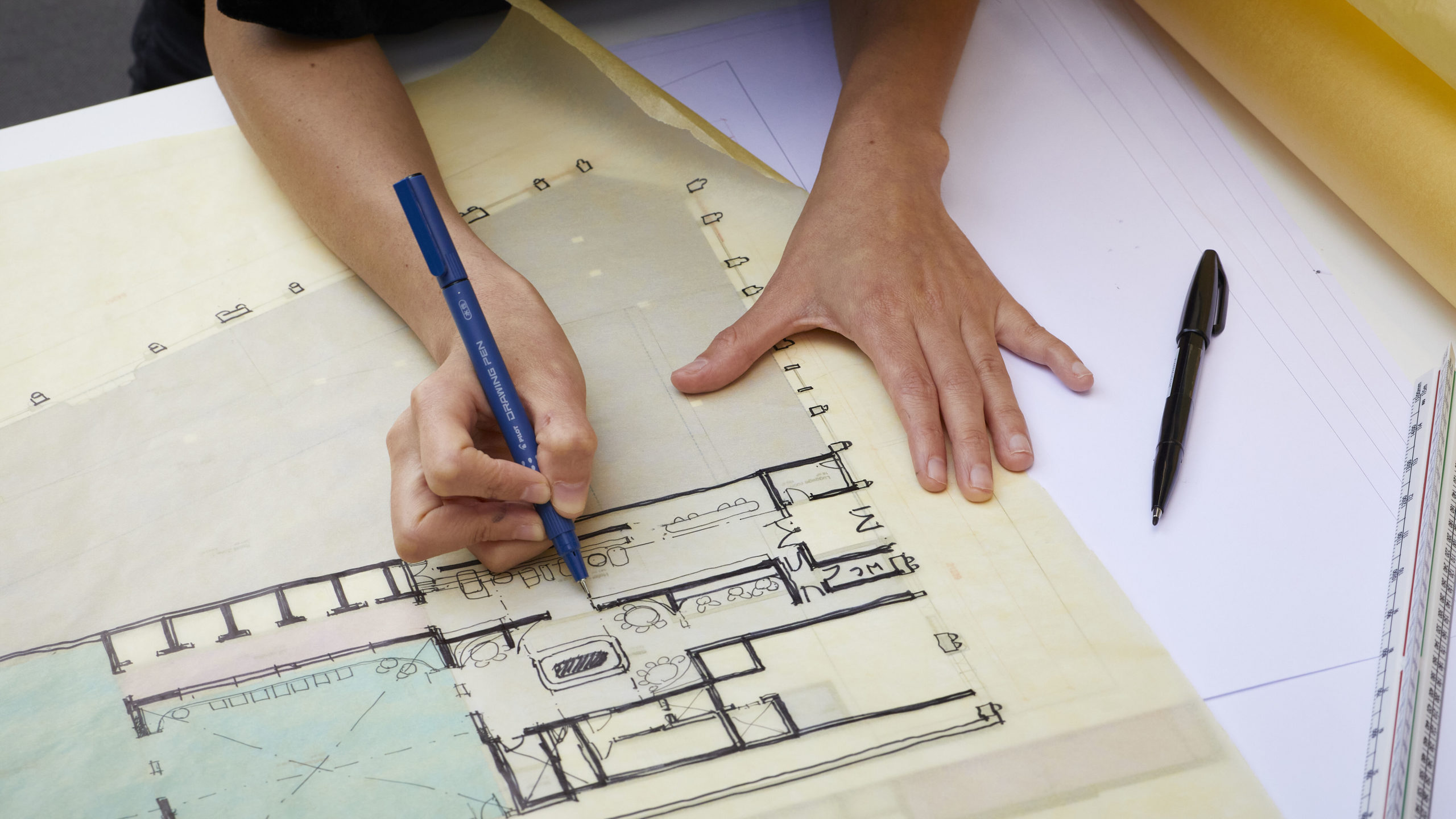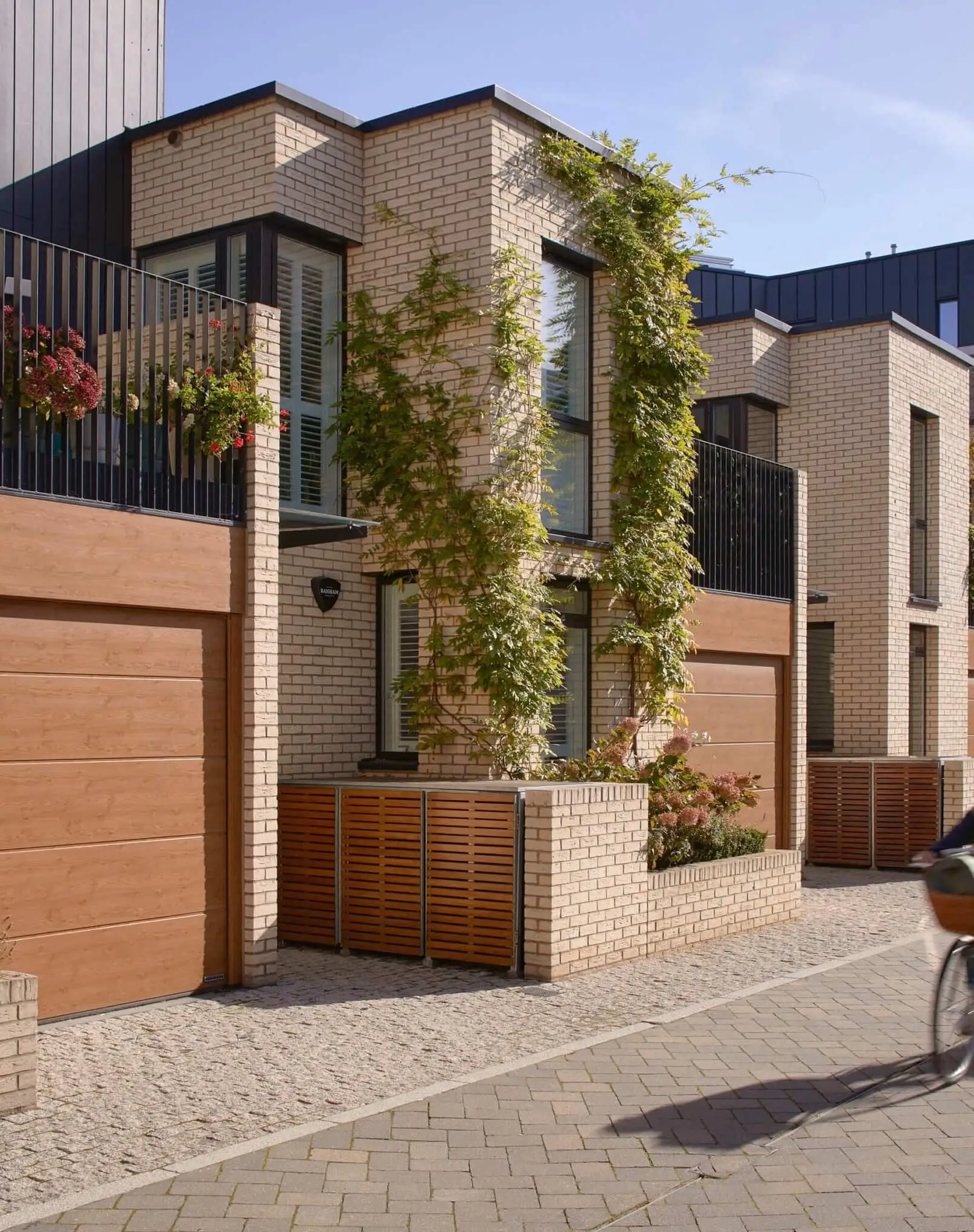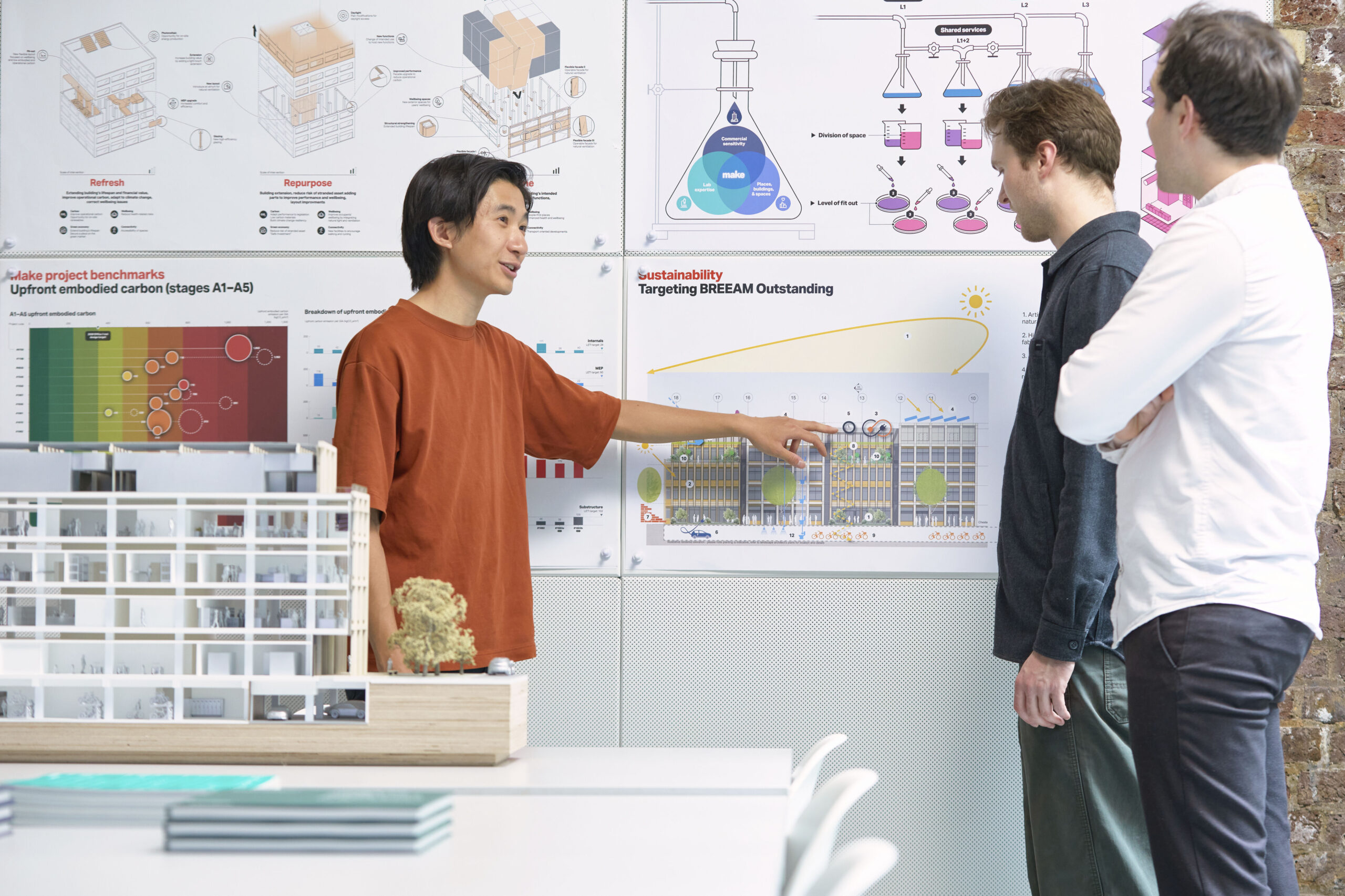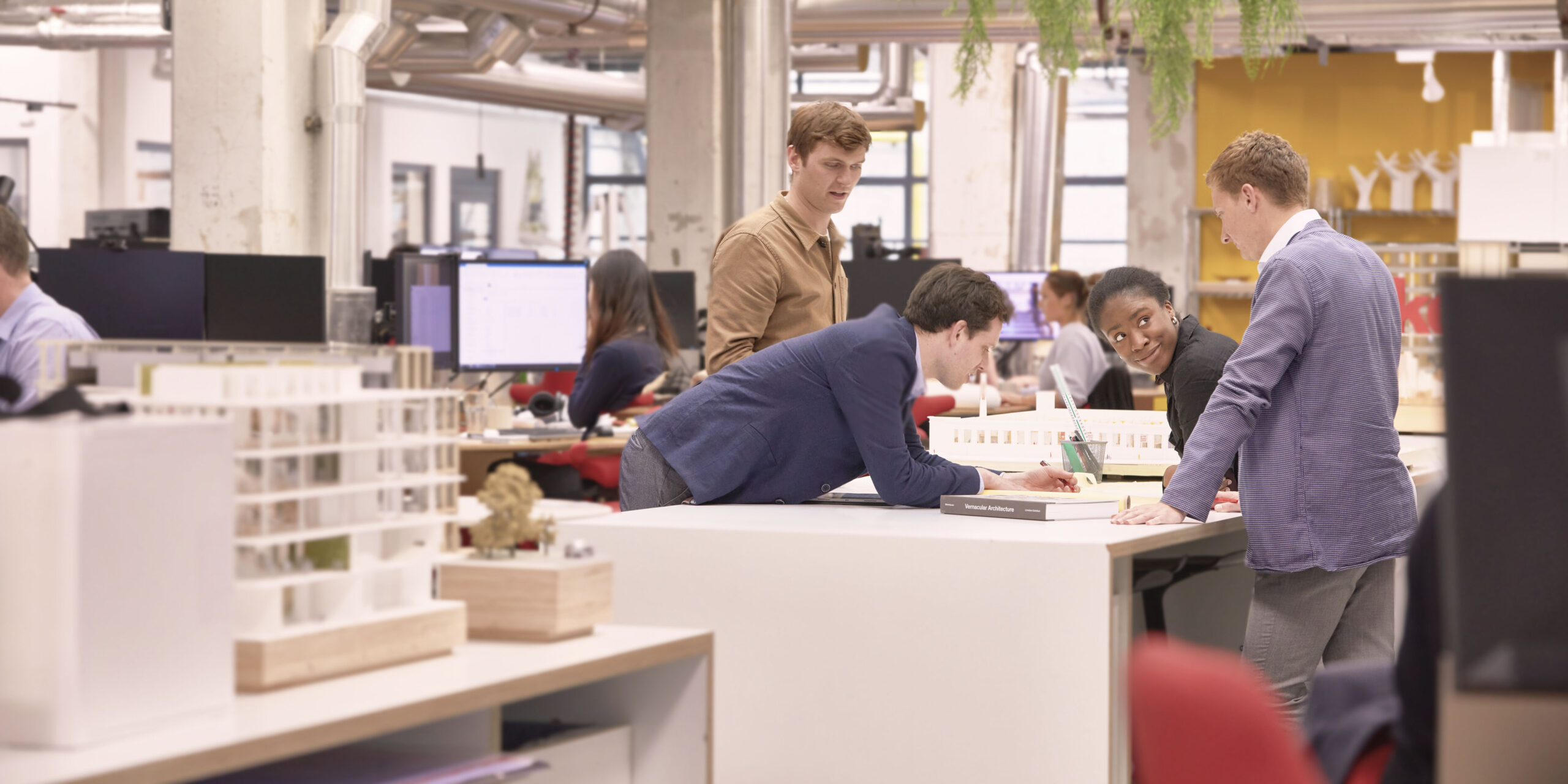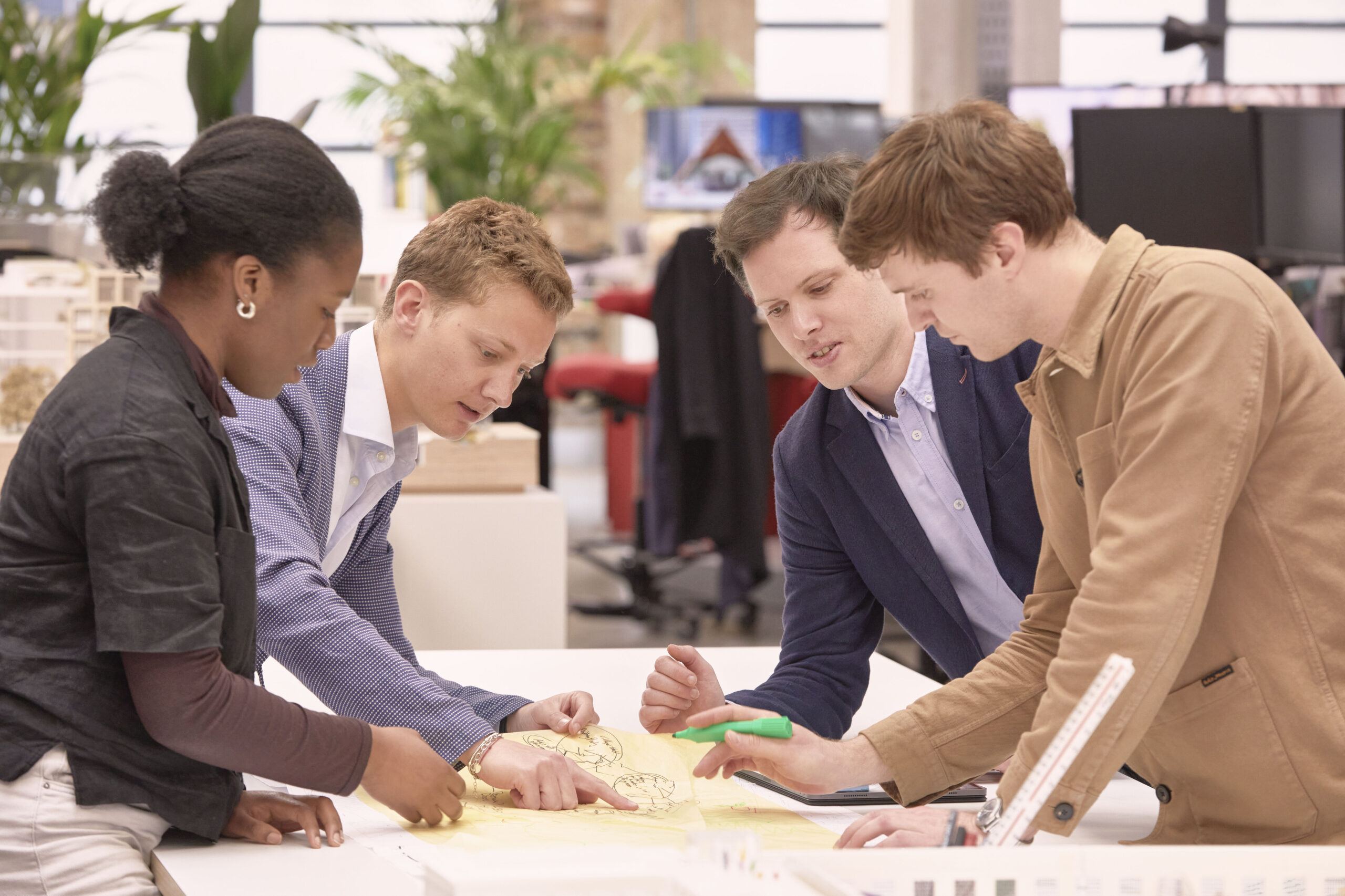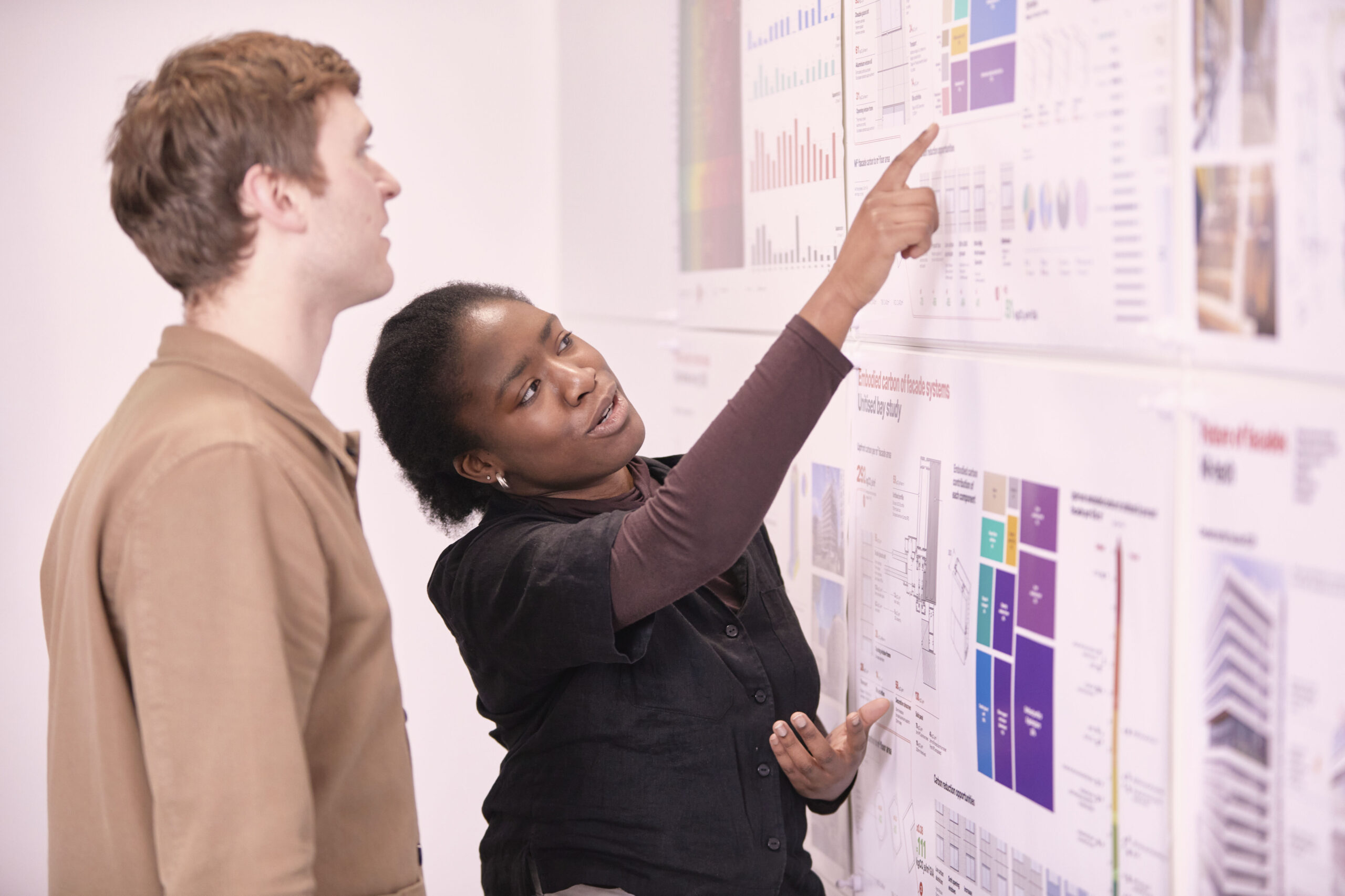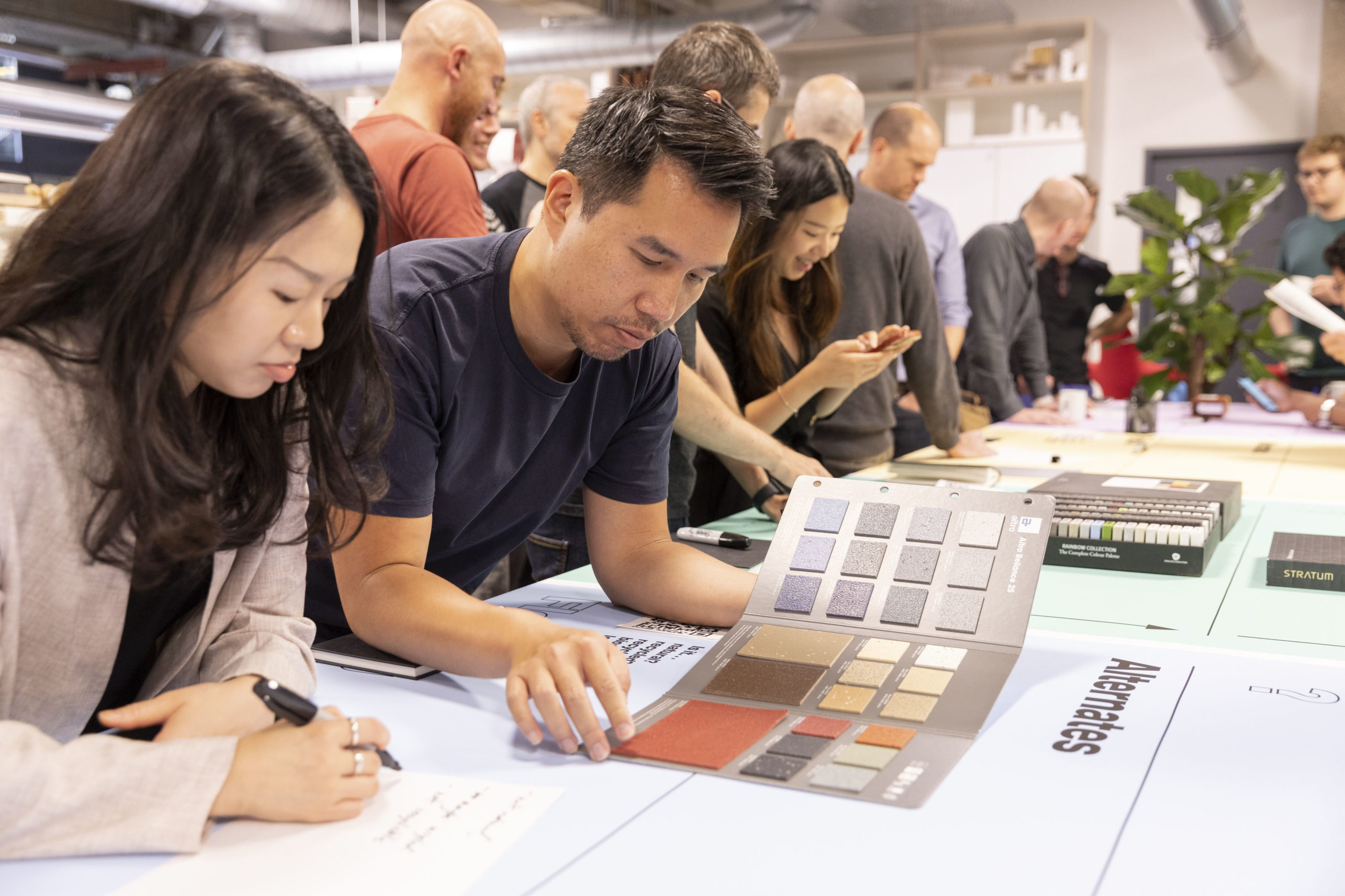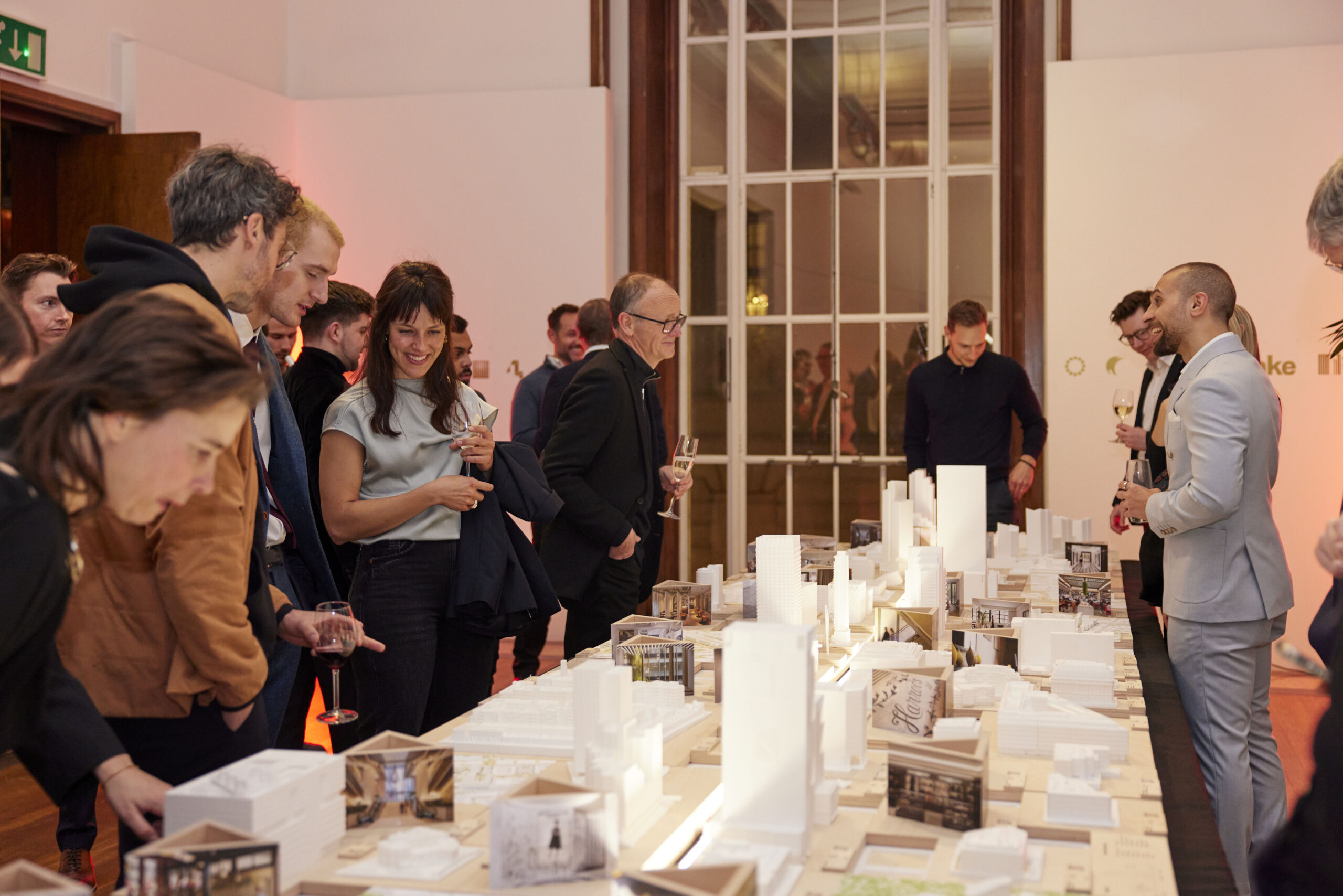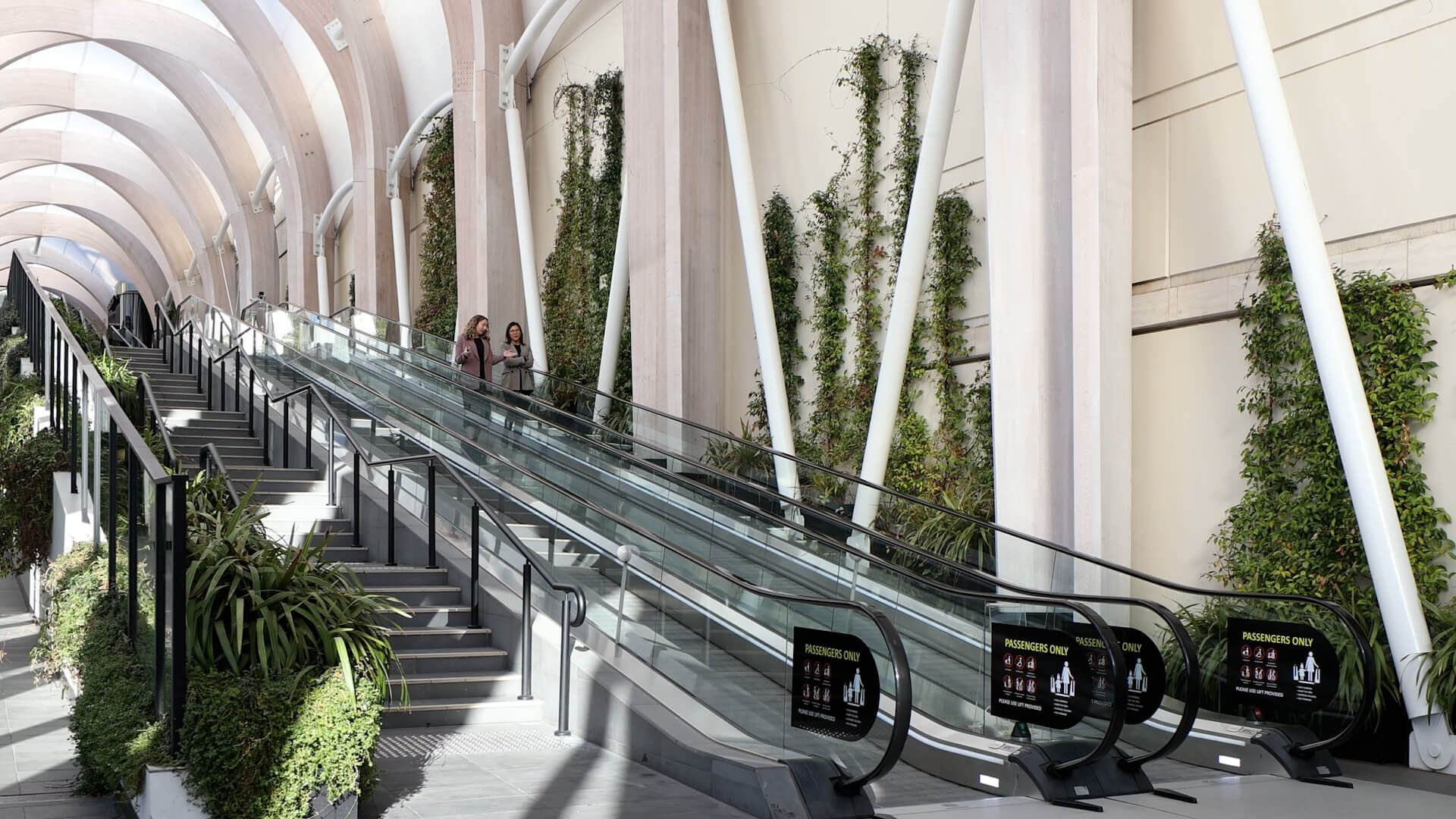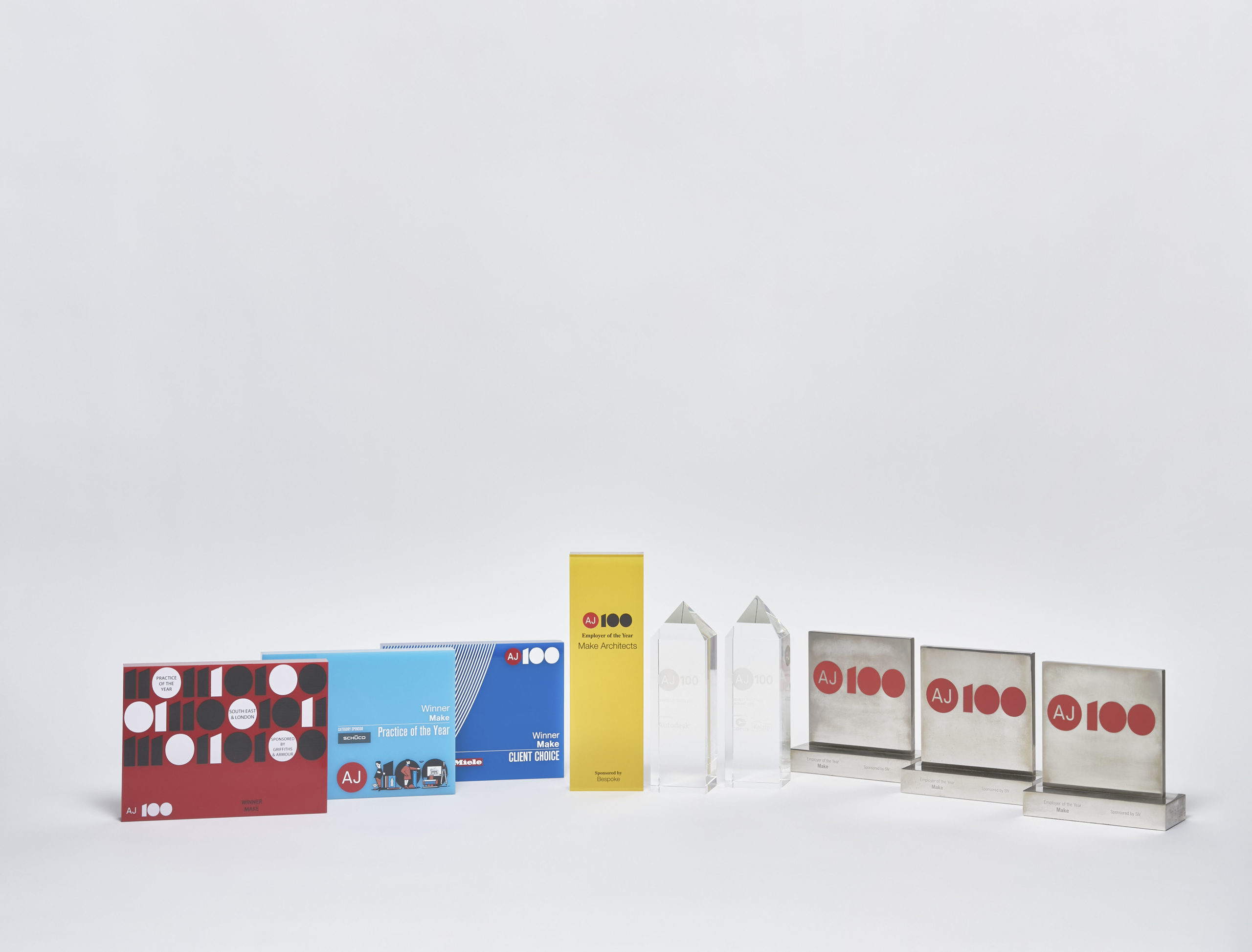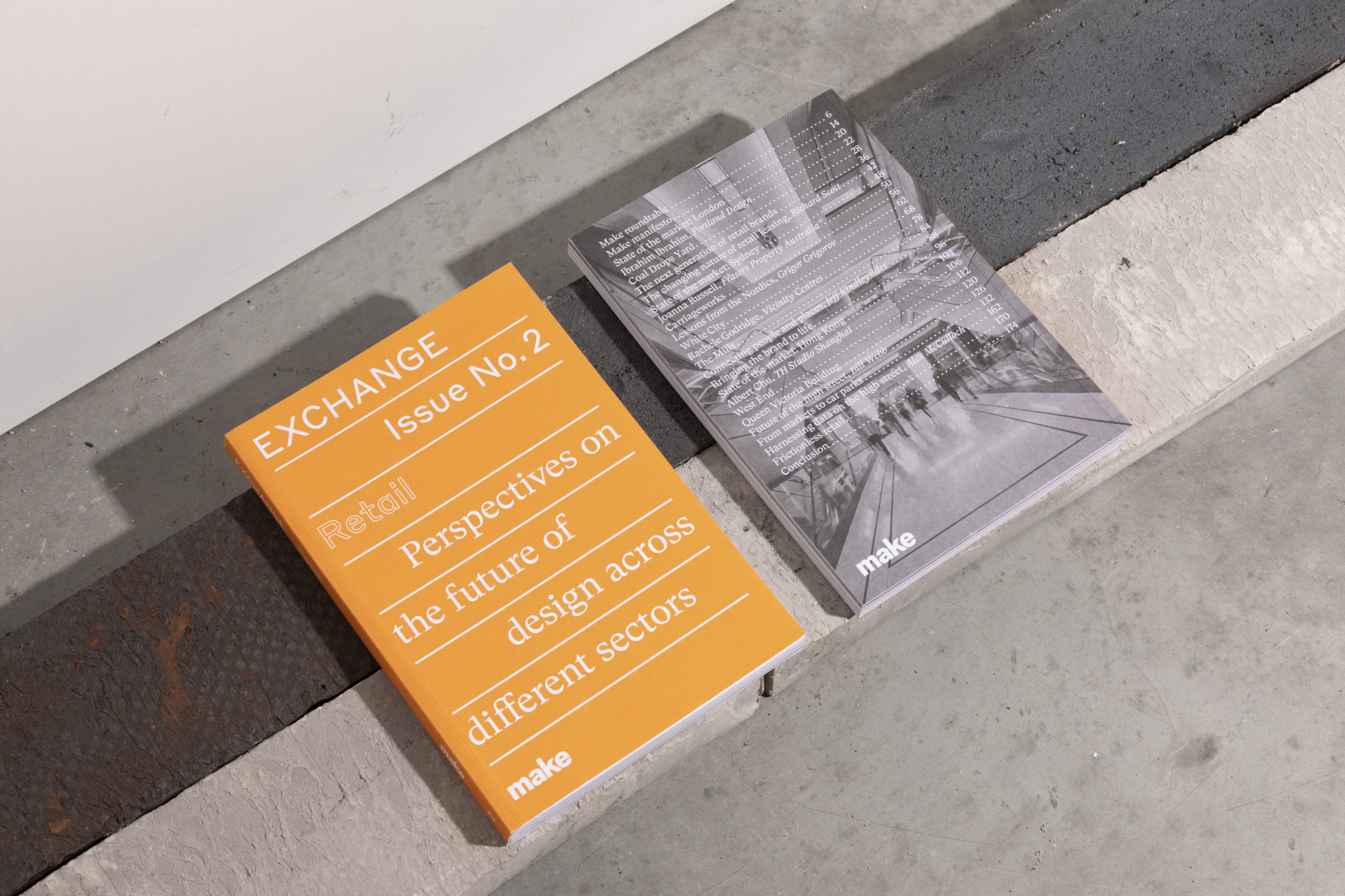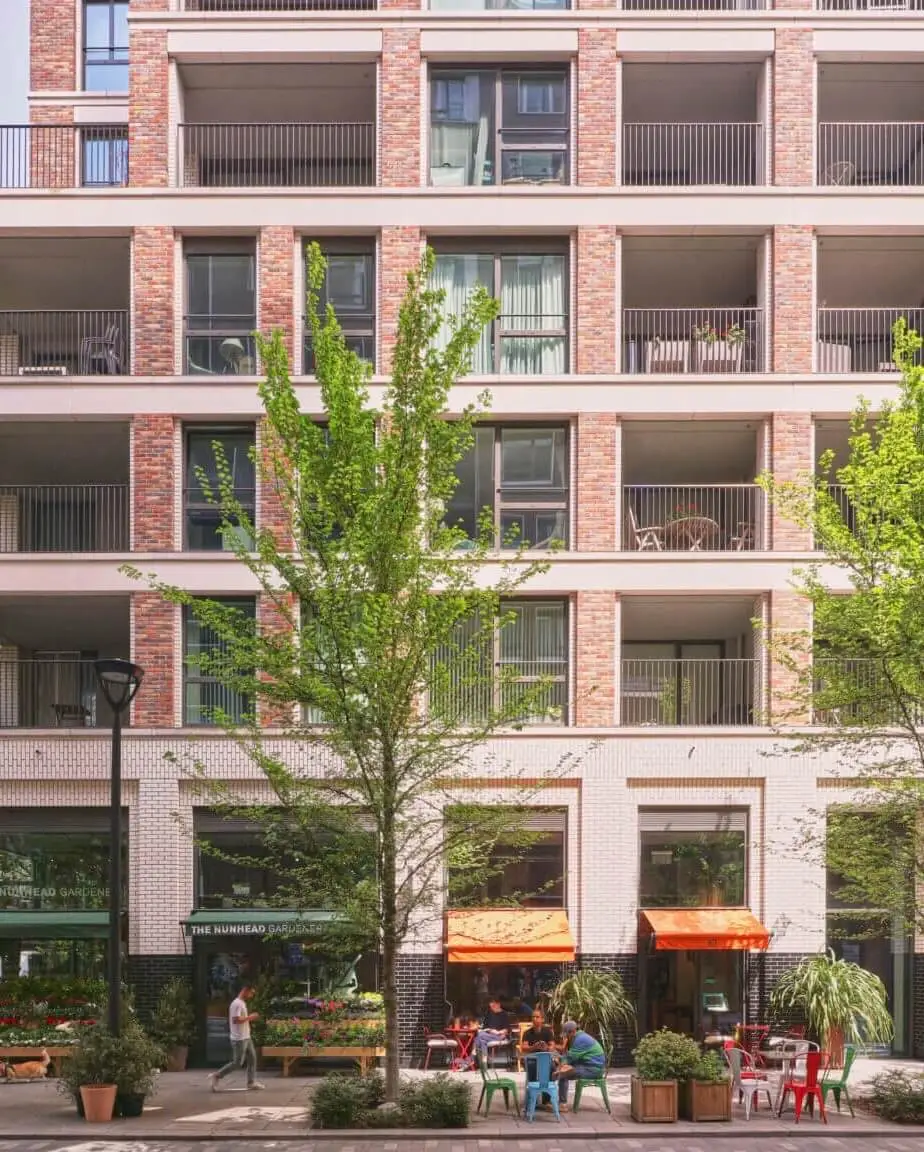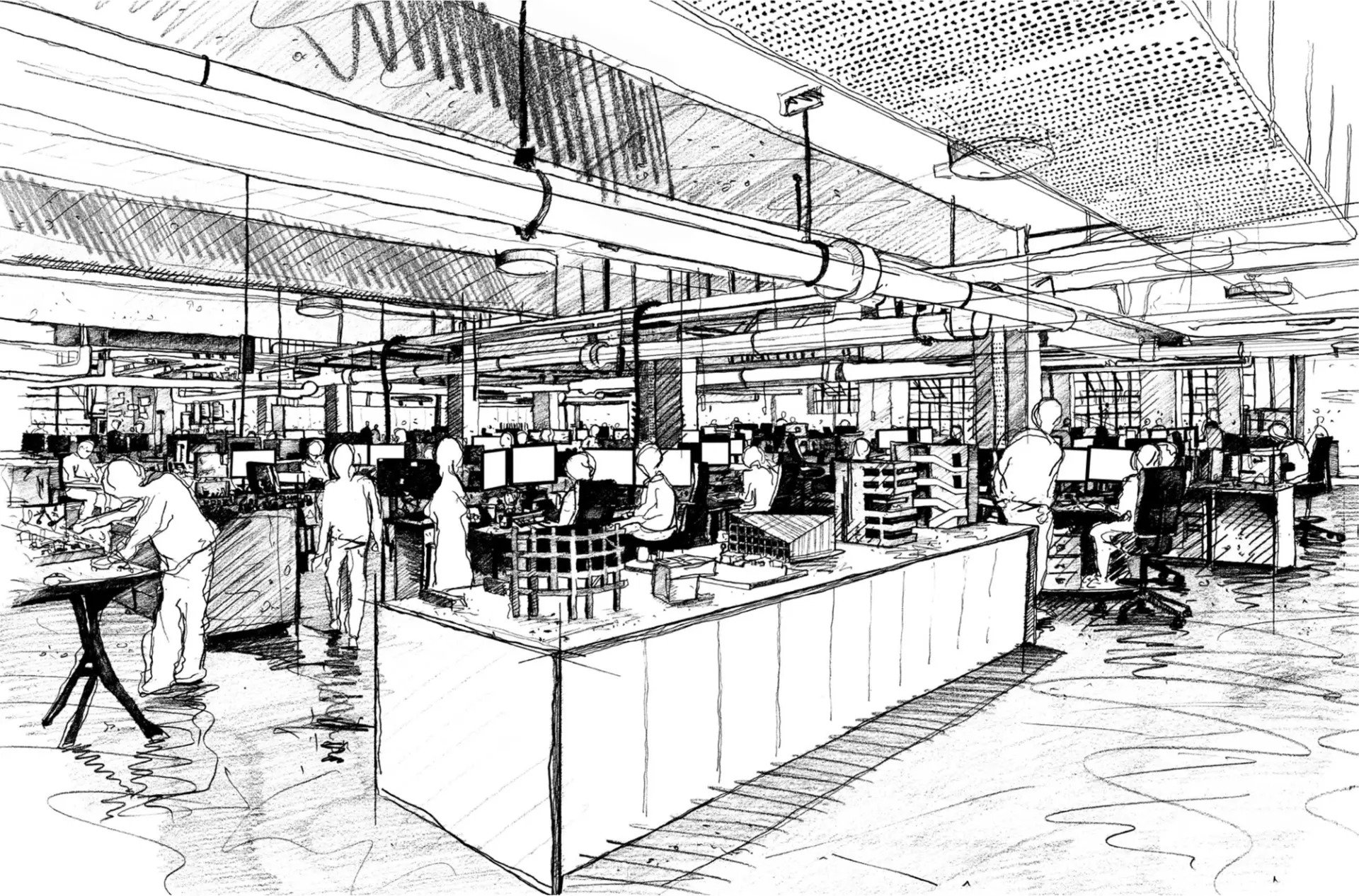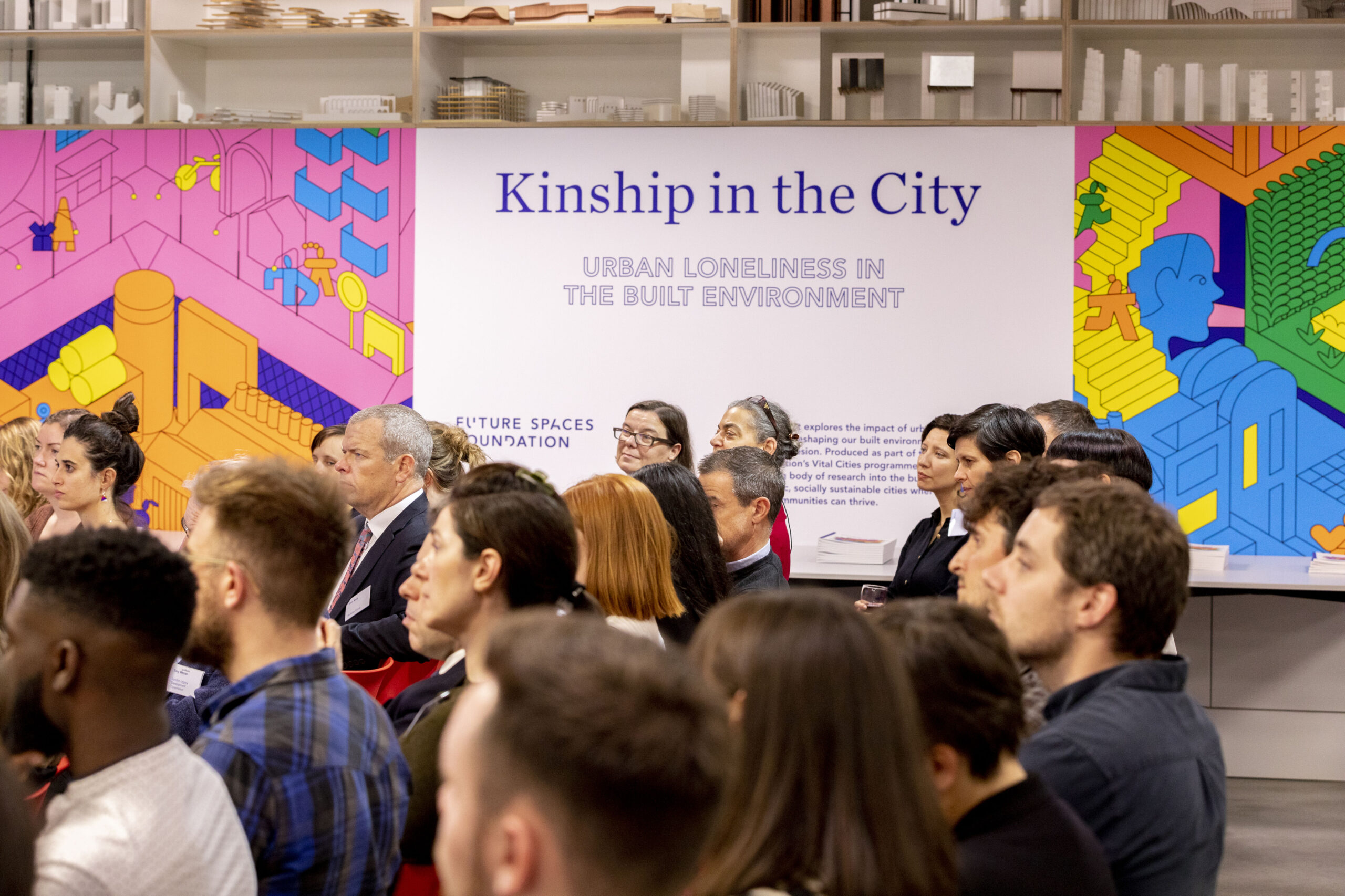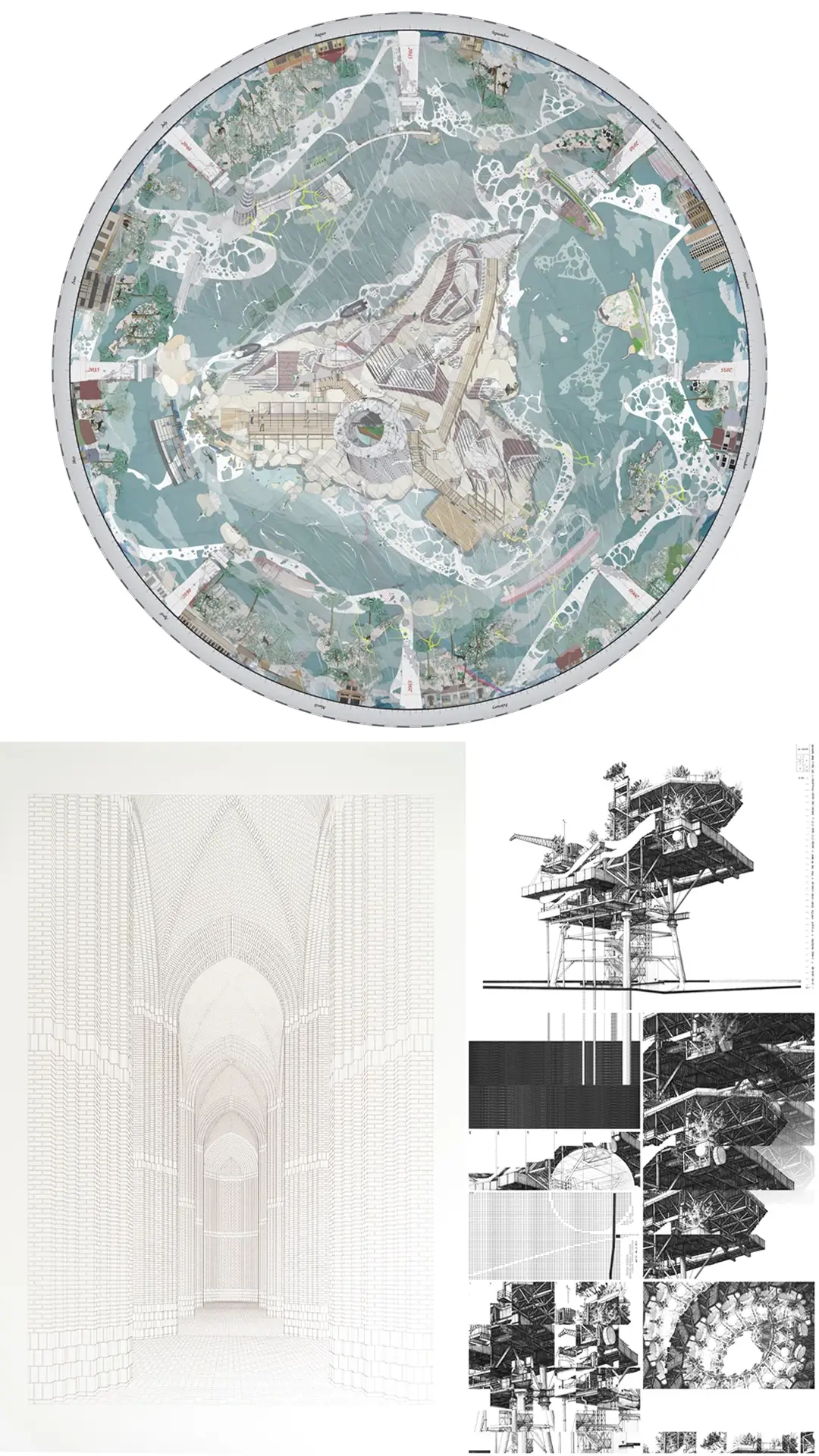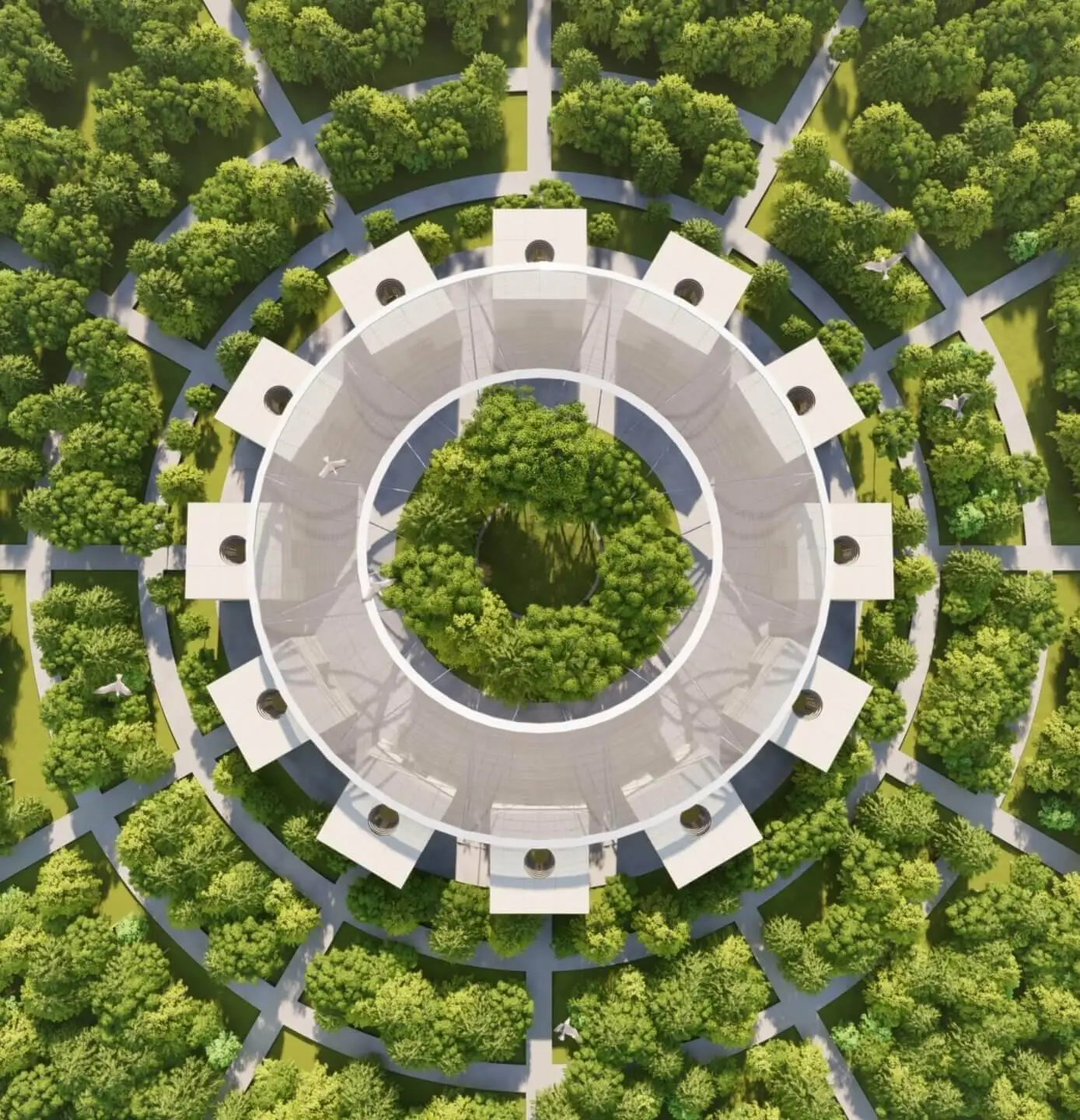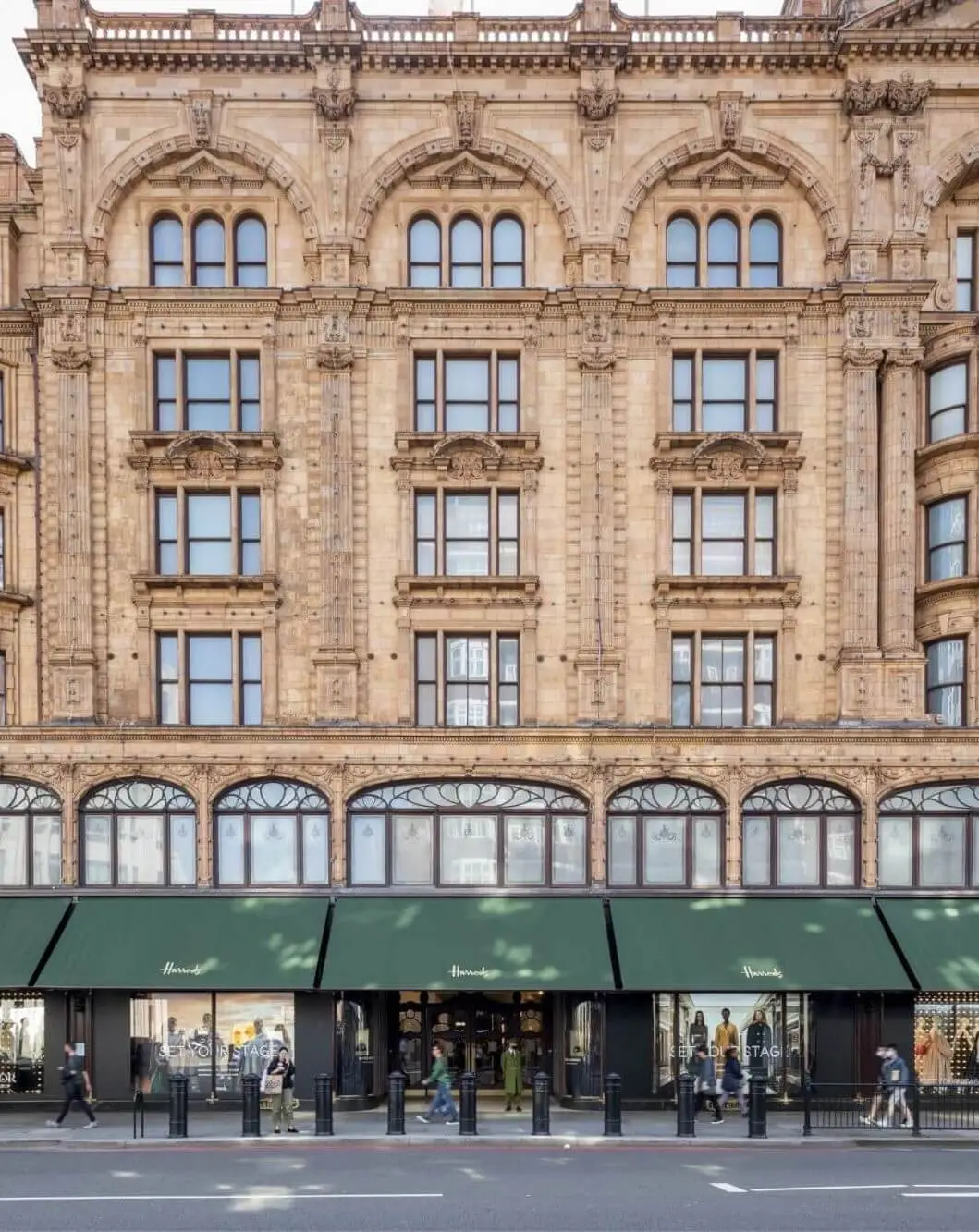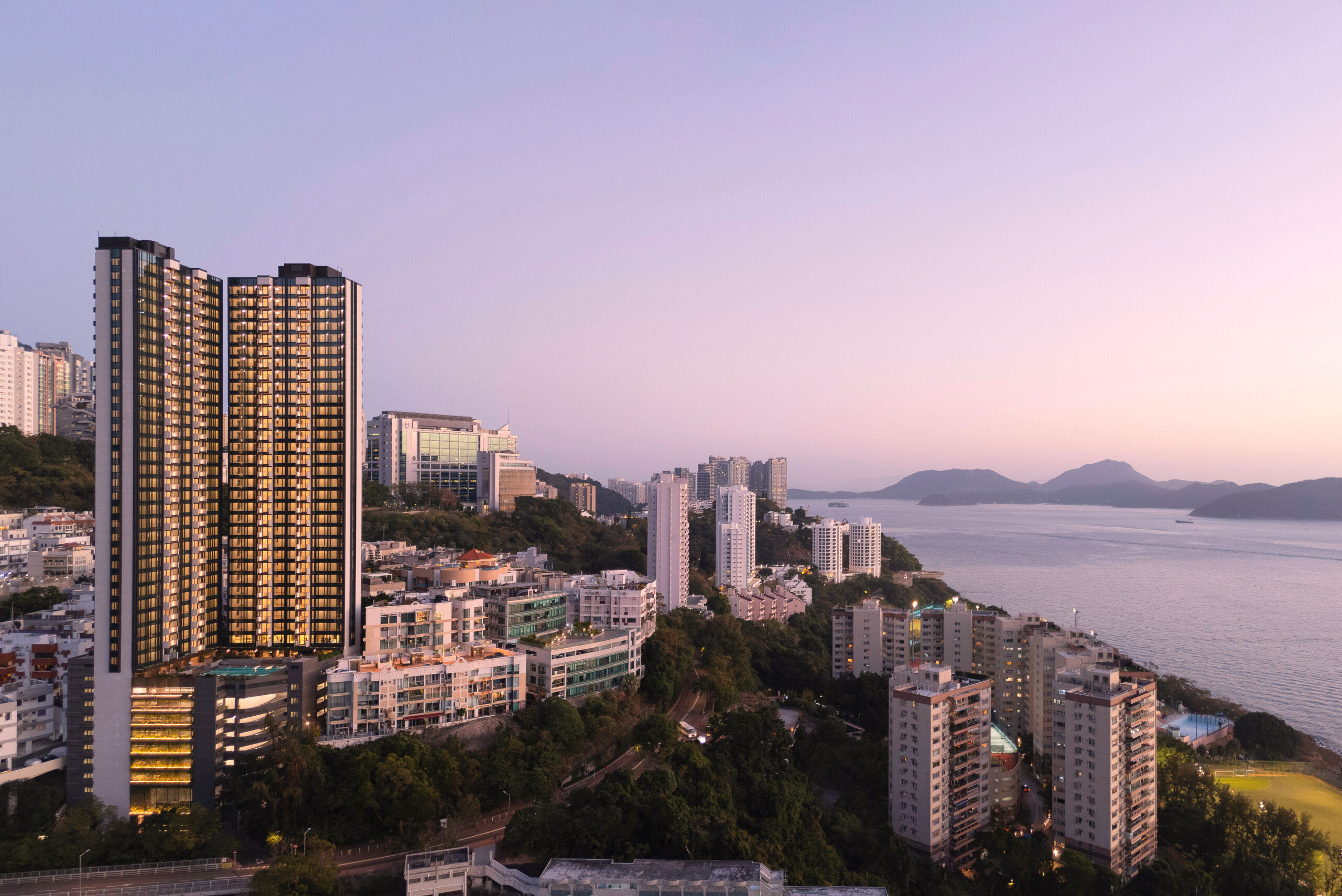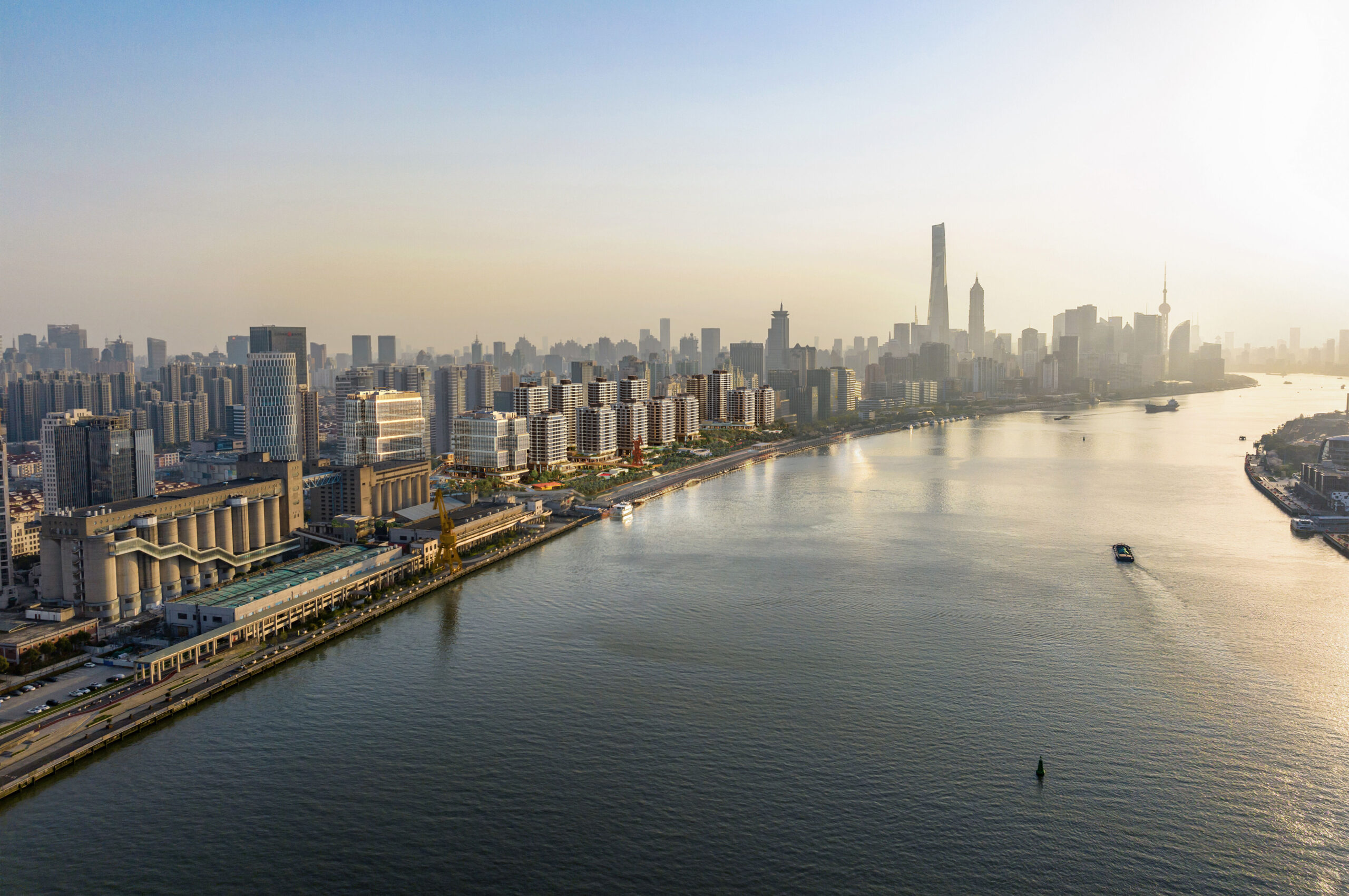
Georgina Nimmo and Olivia Sutcliffe from Savills Earth’s Social Value team

Social Impact at Make with Greg Willis and Christopher Jelley
Christopher and Greg presented on behalf of Make Change – our social impact working group established earlier this year – to help define, demonstrate and measure the practice’s approach to social impact. With local authorities adopting over 30 different social impact metrics, it’s clear that a one-size-fits-all approach doesn’t yield the best outcomes, nor does it reflect the uniqueness of each community. Christopher and Greg’s workshop was all about how we can work smarter to not only measure but also communicate our social impact.
The strategy focused on four themes: wellbeing, inclusive design, environment and community. These were then applied to real-world bid questions focused on social impact, using examples ranging from a university masterplan framework to a residential-led mixed-use development in London. Makers storyboarded their ideas, supported with relevant case study evidence, and creatively presented their responses. They also evaluated ongoing projects that demonstrate strong social impact, such as the Seymour Centre in Westminster.
Key takeaways highlighted the importance of conducting a culture and community audit at the early stages of a project, providing an opportunity to understand and hear first-hand the diverse needs of different people impacted by our designs. Delivering appropriate ‘additionality’, (for example through our Aspire outreach programme), is also crucial, ensuring proposals have meaningful value and leave a positive legacy. Christopher and Greg also emphasised that we should celebrate and build on the great work we’re already doing, to ensure that volunteering, fundraising and community outreach initiatives are aligned with future projects, enabling lasting positive influence beyond our designs.
As people-centric designers and as a B Corp business, it’s important for us to prioritise people in the design of our buildings, spaces, and places to deliver meaningful social impact and make the world a better place.


Rus in Urbe with Kate Fleming
Kate in our Communications team drew on her literature background, incorporating etymology and literary analysis to explore how humans and nature have co-existed in cities for millennia.
Drawing on examples from Babylon and ancient Rome through to our own Eden project in Salford, Kate illustrated the ways humans and nature have interacted through farming, commerce, defence, religion, recreation and wellbeing across centuries, emphasising the age-old desire for Rus in Urbe (Latin for country in the city).
Kate also noted how artists and poets of the Romantic movement emphasised a sharp juxtaposition between the pastoral, bucolic setting of the countryside compared to the squalor of the city, while only 100 or so years later, Modernist writers looked to shift the view of cities to places of excitement, as nexuses of human life to be observed and experienced, where people are part of the urban landscape. Bringing the works of French urban researcher Emeline Bailly into the conversation, Kate asserted that nature in cities is not only a symbol of civic ideas but also a projection of both collective and personal identities and values.


Kate’s workshop sprung off this sentiment by inviting Makers to reimagine some of Make’s completed masterplans and release our inner poets to explore how urban greening makes us feel. Examples ranged from practical and creative reinventions through to the wild and whimsical. The Elephant and Castle masterplan became an open vineyard with wine bars, while Chobham Manor in the Queen Elizabeth Olympic Park was reimagined as a new Little Venice with canals. Kate’s personal highlight was one group’s vision for our Tottenham masterplan, which turned the Hotspur’s stadium (when not in use for matches) into a waterpark with waterslides and a lazy river surrounding the stadium, carrying people in inflatable doughnuts.
In part two of these reflections, Jason will delve into the final two workshops: Reuse Our City with Make’s sustainability lead, Oliver Hall, and Material Matters with Ian Hunter from the Materials Council.
